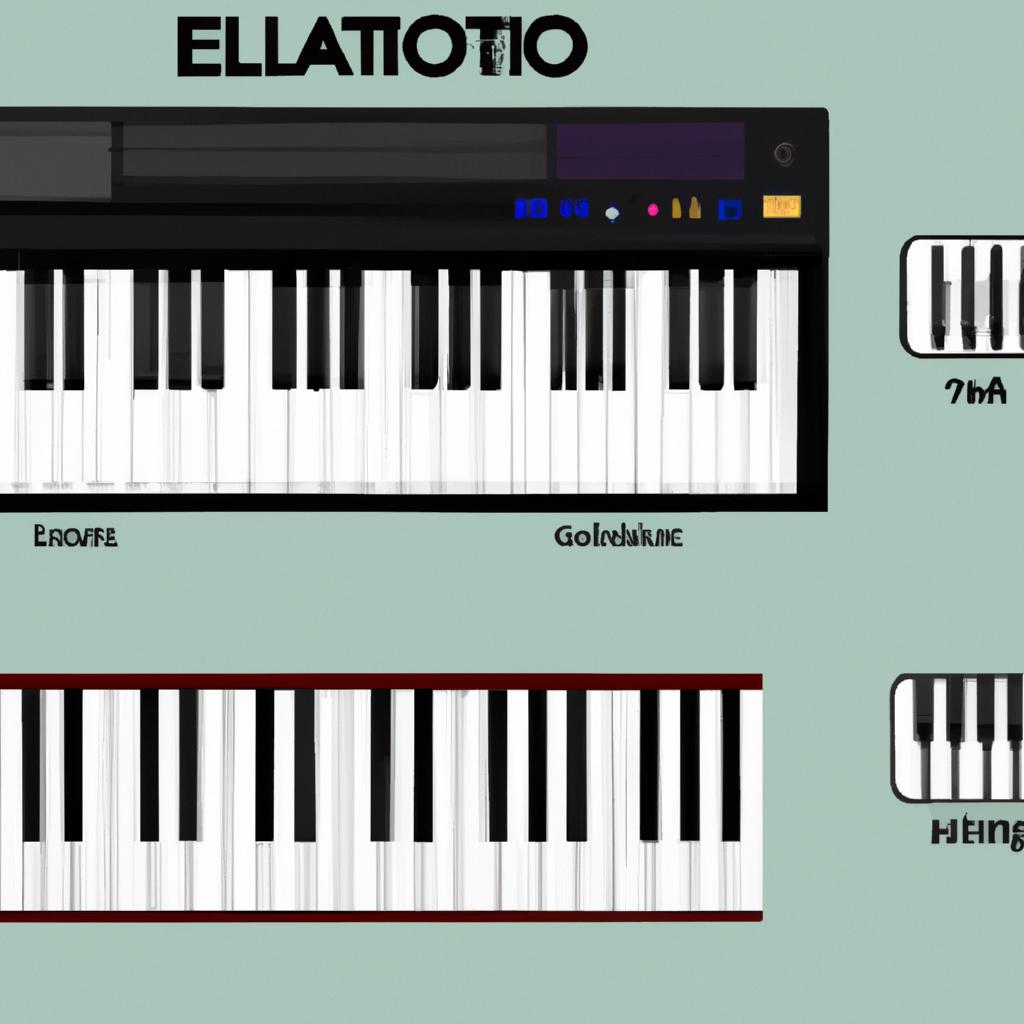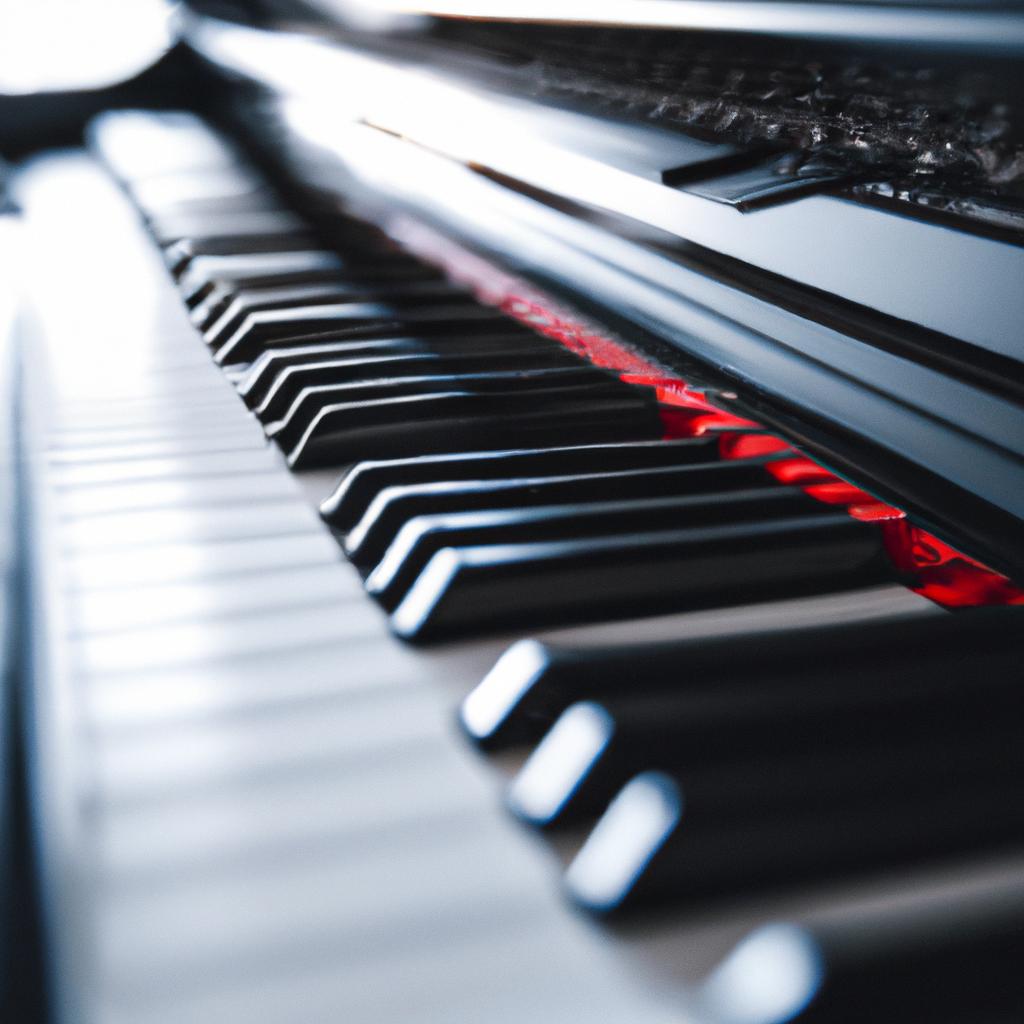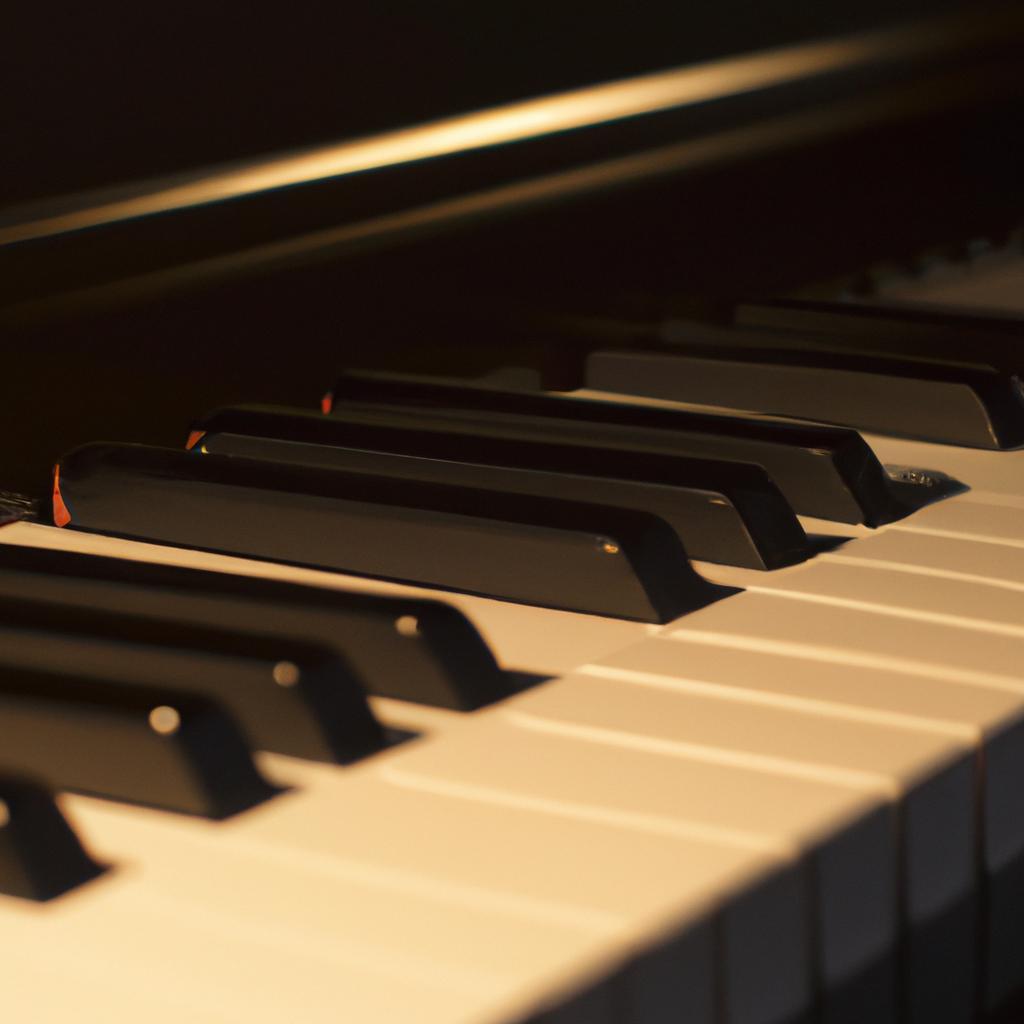In a world where technology continually redefines our musical experiences, the debate surrounding electronic pianos and their ability to capture the essence of traditional acoustic instruments rages on. As aspiring musicians and seasoned players alike seek versatile and accessible options, electronic pianos have become a popular choice, promising a seamless blend of innovation and artistry. But do these digital instruments truly replicate the rich, resonant sound and tactile nuances of an authentic piano? Join us as we delve into the intricate layers of this question, exploring the features, limitations, and unique qualities of electronic pianos in comparison to their acoustic counterparts. Through a balanced examination of sound, touch, and emotional expression, we aim to uncover whether the experience of playing an electronic piano can ever truly mirror the time-honored charm of a real piano.
Understanding the Key Differences Between Electronic and Acoustic Pianos
When comparing electronic and acoustic pianos, several key aspects set them apart, influencing musicians’ choices and experiences. **Touch and Feel** are paramount; acoustic pianos have weighted keys and hammers that provide a tactile response, whereas electronic pianos simulate this through varying key sensitivity and may offer adjustable touch settings. **Sound Production** differs significantly; acoustic pianos produce sound through vibrating strings, creating rich overtones and natural resonance, while electronic pianos rely on samples and synthesis, which can sometimes lack the depth and complexity of an acoustic sound. **Maintenance** requirements are also contrasting; acoustic instruments are sensitive to humidity and temperature, necessitating regular tuning and voicing, whereas electronic pianos require minimal upkeep and are often more portable. Additionally, **versatility** comes into play; electronic pianos can offer a variety of instrument sounds and effects, allowing for creative experimentation, while acoustic pianos are confined to their inherent timbre. Below is a table summarizing these differences:
| Aspect | Electronic Piano | Acoustic Piano |
|---|---|---|
| Touch and Feel | Adjustable sensitivity | Weighted keys with hammers |
| Sound Production | Samples and synthesis | Vibrating strings |
| Maintenance | Minimal upkeep | Regular tuning required |
| Versatility | Variety of sounds and effects | Inherent acoustic timbre |

Enhancing Your Playing Experience: Tips for Choosing the Right Electronic Piano
When selecting an electronic piano, there are key factors to consider that can significantly enhance your playing experience. Start by examining the **keyboard action**; look for weighted keys that simulate the touch of an acoustic piano. Additionally, pay attention to the **sound engine** used in the instrument; a quality digital piano will feature advanced sampling and modeling technologies that deliver a richer and more realistic sound. Consider the **polyphony** capability as well; higher polyphony ensures that notes don’t drop out when playing complex pieces. Other features, such as **built-in effects** and layering options, can add depth and texture to your performance. Don’t forget about the **connectivity options**; having MIDI and audio outputs can be beneficial for integrating with other devices. Lastly, explore the **portability** of the piano; if you plan to perform or practice on the go, a lightweight option with rechargeable batteries may be ideal.
| Feature | Importance |
|---|---|
| Weighted Keys | Replicates acoustic touch |
| Sound Engine | Determines sound realism |
| Polyphony | Prevents note drop-outs |
| Built-in Effects | Adds creativity to play |
| Portability | Ease of transport |
Closing Remarks
In the ever-evolving world of music, the debate between electronic pianos and their acoustic counterparts continues to inspire passionate discussions among musicians, educators, and enthusiasts alike. As we journeyed through the nuances of sound, touch, and technological advancement, it became clear that authenticity is not confined to the physical structure of an instrument but extends to the emotional connection it fosters with the player.
Whether it’s the tactile feedback of weighted keys or the ability to effortlessly blend virtual sounds, electronic pianos offer a unique experience that can rival traditional pianos in many ways. Yet, the warmth of wood, the resonance of strings, and the rich history embedded in an acoustic piano are attributes that hold an irreplaceable charm for many.
Ultimately, the question of authenticity may lie less in the instruments themselves and more in the intent and passion of the musician playing them. Each piano—be it digital or acoustic—can unlock creativity, evoke emotions, and connect us to the universal language of music. So as you consider your next musical journey, remember that whichever type of piano you choose, what truly matters is how it inspires you to explore, express, and create.


